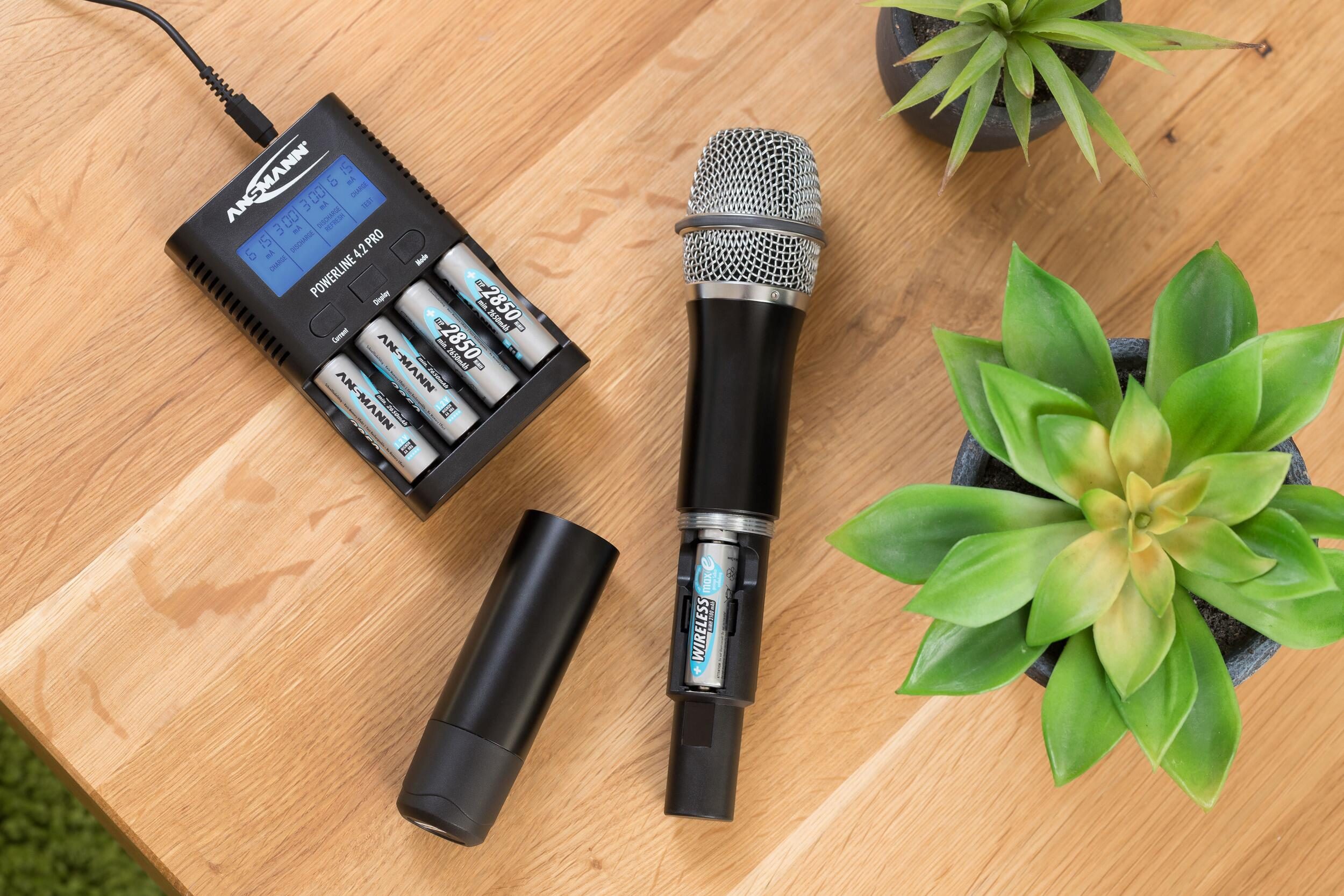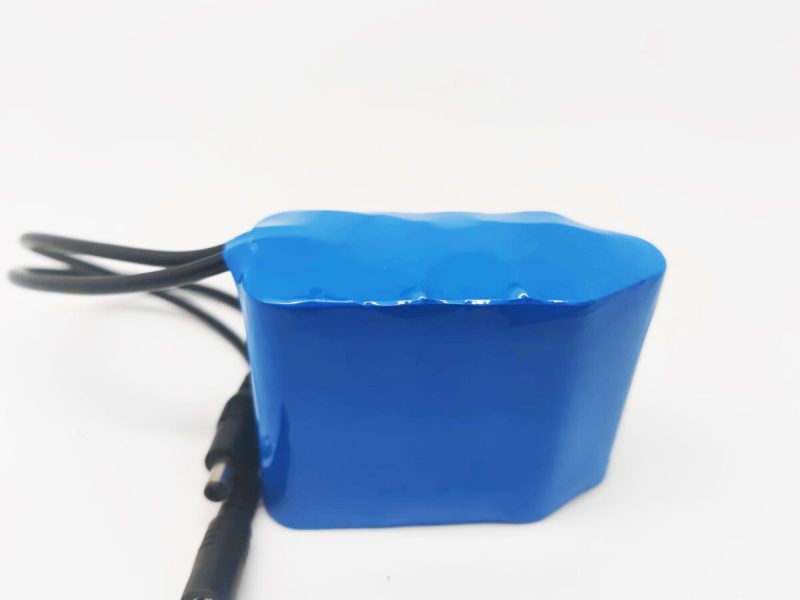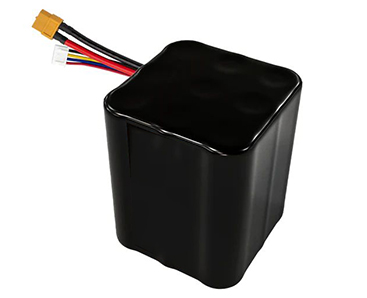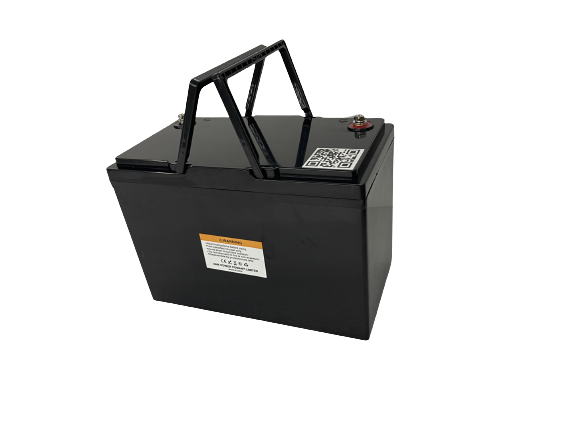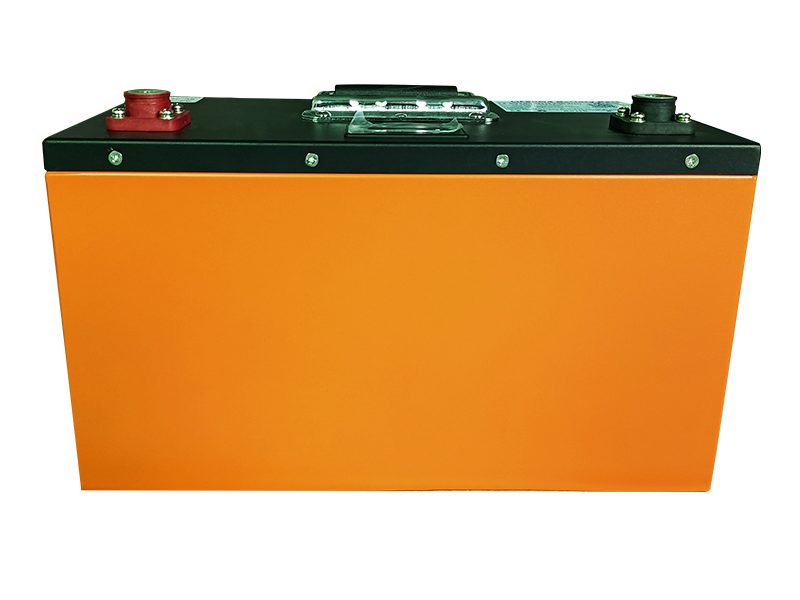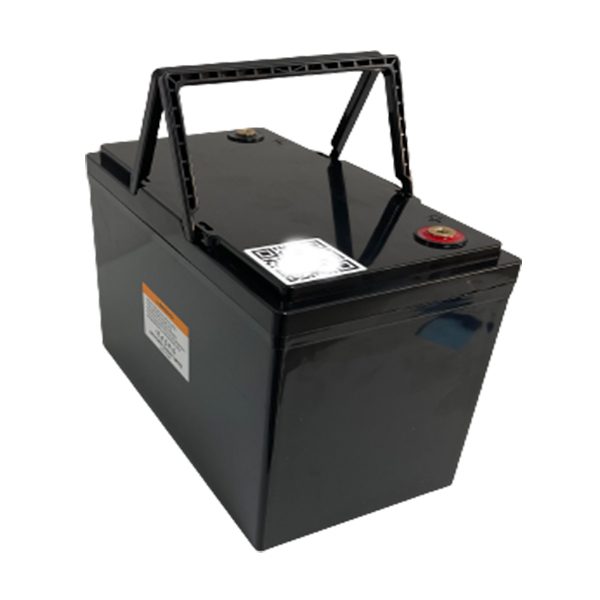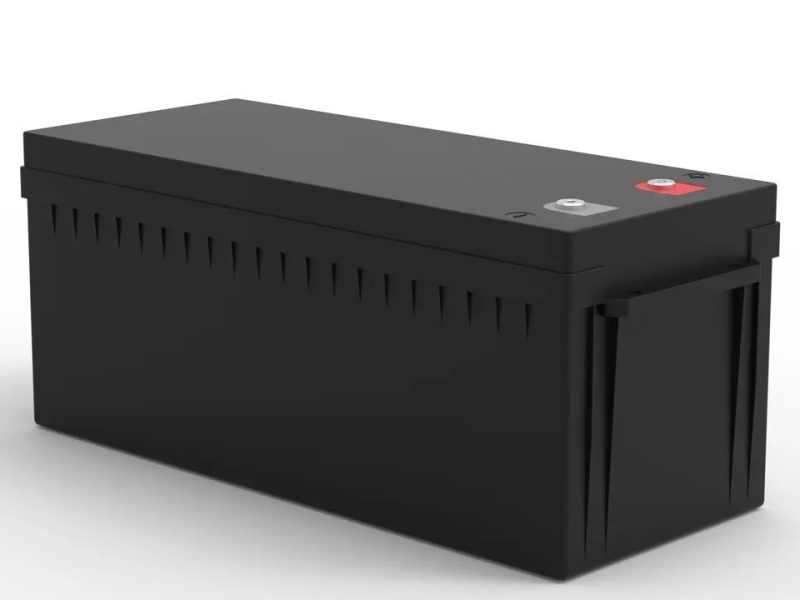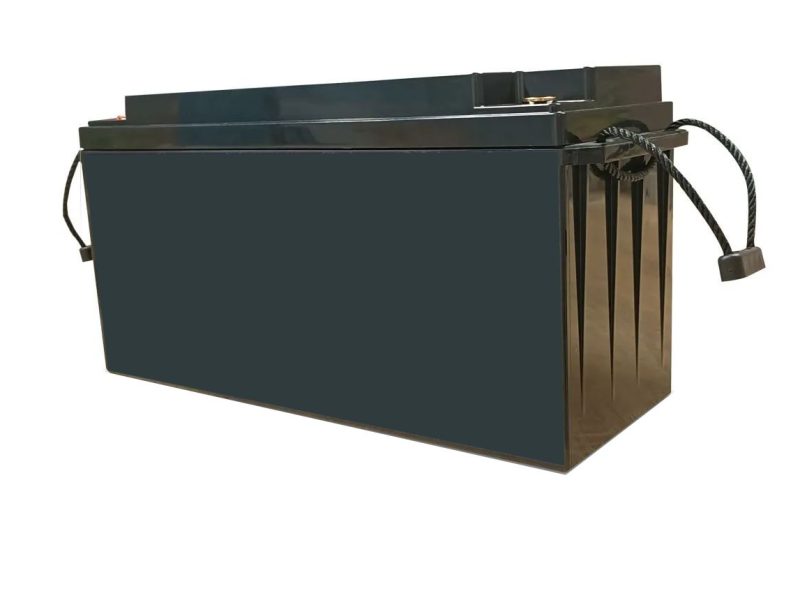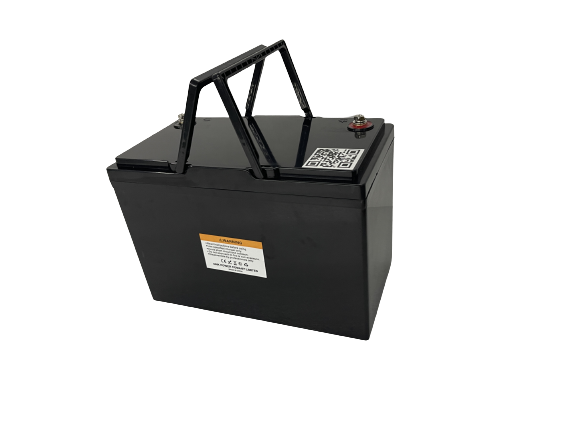In the demanding world of audio production, wireless microphones serve as essential tools for media professionals, content creators, and broadcasters. The lithium battery powering these devices functions as their critical core, directly influencing performance reliability and operational longevity during crucial recording sessions, live events, and broadcasts.
Key Advantages of Wireless Microphone Lithium Batteries
Lightweight and Ergonomic Design
Modern wireless microphone lithium batteries feature sophisticated lightweight construction, significantly reducing the burden on users during extended recording sessions. Their compact dimensions enable sleeker microphone designs without sacrificing power capacity, allowing performers and presenters complete freedom of movement.
These batteries typically weigh 30-50% less than older battery technologies while maintaining superior performance characteristics, making them ideal for handheld microphones and body-worn transmitters where ergonomics are paramount.
Exceptional Energy Density
Wireless microphone lithium batteries utilize advanced high-density energy storage technology, delivering approximately 150-200 Wh/kg compared to just 30-40 Wh/kg in traditional battery chemistries. This superior energy-to-weight ratio translates to significantly extended runtime in professional applications.
This enhanced energy density enables audio professionals to confidently use wireless systems throughout entire productions—from all-day location shoots to extended live events—without disruptive battery changes interrupting the creative workflow.
Rapid Charging Technology
Professional-grade wireless microphone lithium batteries incorporate fast-charging capabilities that can restore up to 80% capacity in under an hour. This quick recovery minimizes production delays and maintains operational efficiency in time-sensitive environments.
Most premium batteries feature intelligent charging circuitry that prevents harmful overcharging while optimizing charge rates based on battery condition and ambient temperature, simultaneously extending battery lifespan and ensuring operational safety.
Technical Performance Specifications
Cycle Life and Longevity
The cycle life of quality wireless microphone lithium batteries typically ranges from 500 to 1,500 complete charge-discharge cycles. Premium batteries maintain approximately 80% of their original capacity after 500 cycles under optimal usage conditions.
Key factors affecting cycle performance include:
- Depth of discharge patterns
- Operating and storage temperature ranges
- Charging methodology
- Battery management system quality
Broadcast-grade batteries incorporate sophisticated protection circuits that prevent harmful deep discharges and voltage irregularities, significantly extending operational lifespan in professional environments.
Capacity Options for Different Applications
Wireless microphone lithium batteries come in various capacity ranges tailored to specific device requirements:
- Compact body-pack transmitters: 1,500-2,000 mAh
- Standard handheld systems: 2,000-2,500 mAh
- High-power broadcast equipment: 2,500-3,500 mAh
Higher capacity options provide extended operating times with a minimal weight increase. Modern lithium polymer chemistry allows for greater energy density within the same physical dimensions, enabling longer runtimes without compromising form factor.
Real-World Performance Expectations
Operational duration varies based on several factors:
- Transmitter power settings (typically 10, 20, or 50 mW)
- RF environment and frequency band
- Ambient temperature conditions
- Audio input levels and dynamics
- Battery age and maintenance history
Under typical conditions, users can expect:
- Low-power settings: 8-10+ hours
- Medium-power settings: 6-8 hours
- High-power settings: 4-6 hours
For mission-critical applications, audio professionals should maintain a rotation system with freshly charged spares readily available.
Selecting the Optimal Battery Solution
When choosing wireless microphone batteries, consider these essential factors:
- System compatibility: Ensure voltage specifications and connector types match your equipment requirements
- Capacity needs: Determine minimum runtime for typical usage patterns, then add 25-30% capacity buffer
- Environmental considerations: For extreme temperature operations, select specially rated batteries
- Charging infrastructure: Balance quick-charging capabilities against maximum cycle life requirements
- Safety certifications: Verify UL, IEC, or equivalent certifications, especially for travel and broadcast use
About Vade Battery: Custom Lithium Battery Solutions
Vade Battery specializes in providing custom rechargeable battery solutions, including 18650, Li-ion, Lithium polymer, and LiFePO4 battery packs for customers worldwide. Our batteries are engineered to be safe, powerful, and cost-effective across diverse applications.
With extensive expertise in power solution development, Vade Battery delivers tailored battery systems for wireless audio equipment that meet the demanding requirements of media professionals, broadcasters, and content creators who require reliable performance in mission-critical situations.
Frequently Asked Questions
How can I maximize my wireless microphone battery lifespan?
Store batteries at approximately 40% charge in cool, dry conditions (59-68°F/15-20°C). Avoid complete discharges and use manufacturer-approved chargers. Regular use with shallow charge-discharge cycles is preferable to extended storage periods.
What temperature conditions affect battery performance?
Cold temperatures (below 32°F/0°C) temporarily reduce available capacity by 20-30%, while high temperatures accelerate chemical aging. For optimal performance, keep batteries between 59-77°F (15-25°C) during operation and storage.
When should I replace my wireless microphone batteries?
Consider replacement when you notice a 20-30% reduction in typical runtime. Most professional users replace batteries every 2-3 years even with proper care. For critical applications like broadcast or live performance, implement more frequent replacement schedules.

